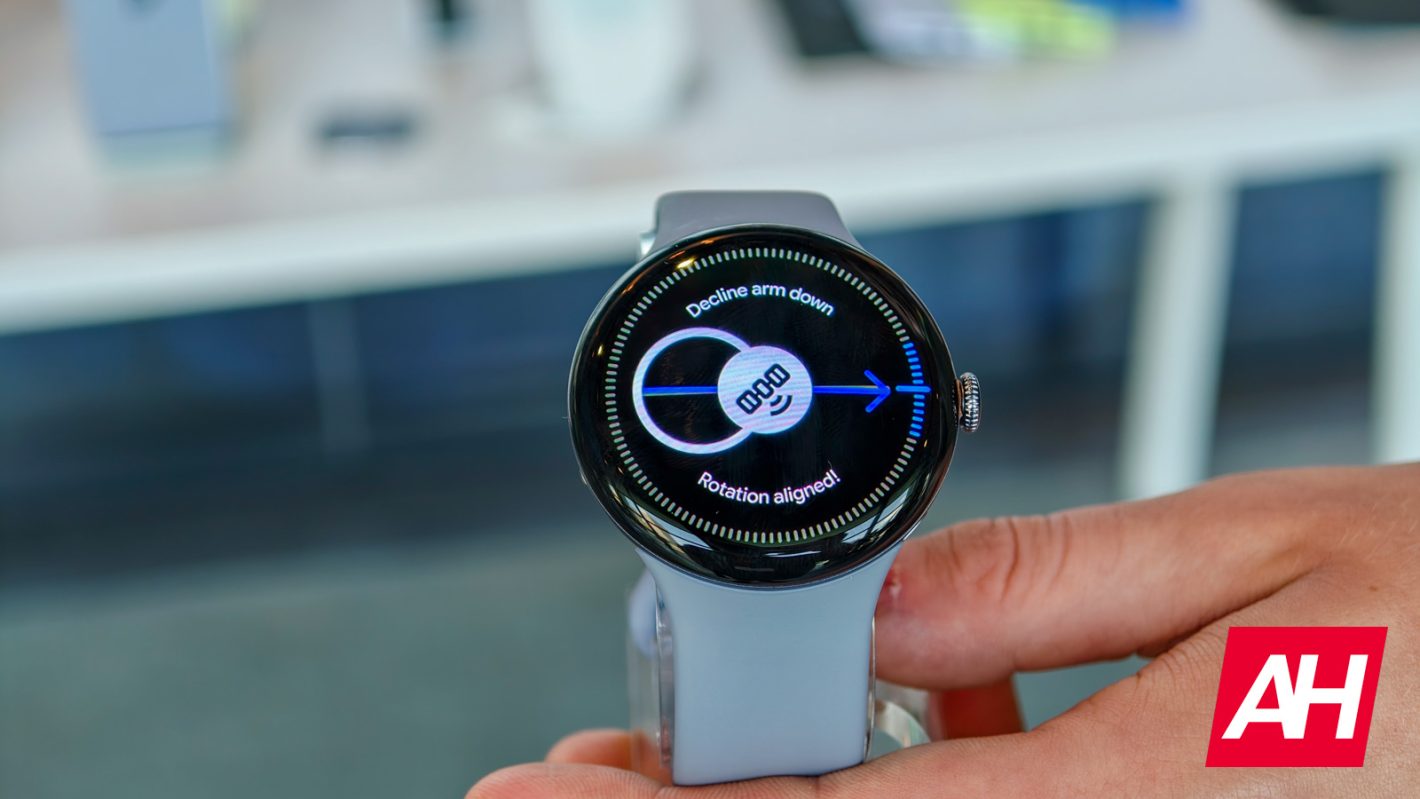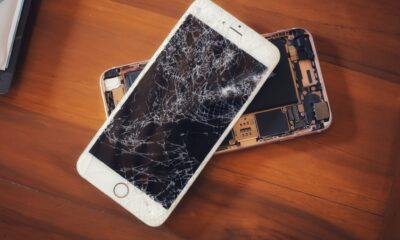Technology
Qualcomm Unveils Snapdragon W5 Gen 2 Chips with Satellite Messaging

Qualcomm has launched its latest smartwatch chips, the Snapdragon W5 Gen 2 and Snapdragon W5+ Gen 2, enhancing wearable technology with satellite messaging capabilities. This advancement allows users to send and receive emergency messages even when out of cellular or Wi-Fi range. The introduction of these chips marks a significant step forward in smartwatch functionality, particularly for users in remote areas.
The new Snapdragon W5 Gen 2 series emphasizes efficiency and improved performance. Qualcomm has designed these platforms to deliver enhanced tracking capabilities and better connectivity, all while enabling slimmer smartwatch designs. The Snapdragon W5+ Gen 2 includes a low-power co-processor that effectively manages background tasks, leading to extended battery life. In contrast, the Snapdragon W5 Gen 2 is a streamlined variant, aimed at more compact wearable devices.
Key Features of the Snapdragon W5 Gen 2 Series
The most notable feature of the Snapdragon W5 Gen 2 series is its support for satellite connectivity. This capability, powered by Skylo’s Narrowband Non-Terrestrial Network (NB-NTN), enables users to send SOS messages when traditional connectivity options are unavailable. This feature is particularly beneficial for outdoor enthusiasts and those in regions with limited network coverage.
Additionally, the new chips incorporate a Radio Frequency Front End (RFFE) module, which facilitates “Location Machine Learning 3.0.” This technology significantly enhances GPS tracking accuracy, with Qualcomm stating that devices equipped with dual-band GPS can achieve accuracy improvements of up to 50 percent compared to previous models. Such advancements will provide users with reliable GPS functionality in challenging environments, such as urban areas with dense buildings or remote canyons.
The Snapdragon W5+ Gen 2 chip further enhances efficiency with its always-on co-processor, which supports Wi-Fi, GNSS, and audio features while consuming minimal power. Qualcomm has also optimized the new chips for the latest version of Google’s Wear OS, ensuring seamless integration and enhanced multi-device support.
Integration with Google’s Pixel Watch 4
The Pixel Watch 4, recently unveiled by Google, is the first device to utilize Qualcomm’s new chips. This marks an important milestone for both companies, as it showcases the potential of the Snapdragon W5 Gen 2 series in delivering advanced smartwatch functionalities. Qualcomm plans to roll out these platforms to additional Wear OS devices in the coming months, although specific models have yet to be announced.
Given the significant benefits presented by satellite messaging and improved GPS tracking, it is anticipated that more manufacturers will adopt Qualcomm’s new technology for their wearable devices. As the wearable technology market continues to evolve, innovations like these are likely to drive further advancements and broaden the appeal of smartwatches to consumers.
Overall, Qualcomm’s introduction of the Snapdragon W5 Gen 2 and Snapdragon W5+ Gen 2 chips represents a notable leap forward in smartwatch technology, offering features that enhance user safety and connectivity in a variety of environments.
-

 Science4 months ago
Science4 months agoToyoake City Proposes Daily Two-Hour Smartphone Use Limit
-

 Top Stories4 months ago
Top Stories4 months agoPedestrian Fatally Injured in Esquimalt Collision on August 14
-

 Health4 months ago
Health4 months agoB.C. Review Reveals Urgent Need for Rare-Disease Drug Reforms
-

 Technology4 months ago
Technology4 months agoDark Adventure Game “Bye Sweet Carole” Set for October Release
-

 World4 months ago
World4 months agoJimmy Lai’s Defense Challenges Charges Under National Security Law
-

 Lifestyle4 months ago
Lifestyle4 months agoVictoria’s Pop-Up Shop Shines Light on B.C.’s Wolf Cull
-

 Technology4 months ago
Technology4 months agoKonami Revives Iconic Metal Gear Solid Delta Ahead of Release
-

 Technology4 months ago
Technology4 months agoApple Expands Self-Service Repair Program to Canada
-

 Technology4 months ago
Technology4 months agoSnapmaker U1 Color 3D Printer Redefines Speed and Sustainability
-

 Technology4 months ago
Technology4 months agoAION Folding Knife: Redefining EDC Design with Premium Materials
-

 Technology4 months ago
Technology4 months agoSolve Today’s Wordle Challenge: Hints and Answer for August 19
-

 Business4 months ago
Business4 months agoGordon Murray Automotive Unveils S1 LM and Le Mans GTR at Monterey









